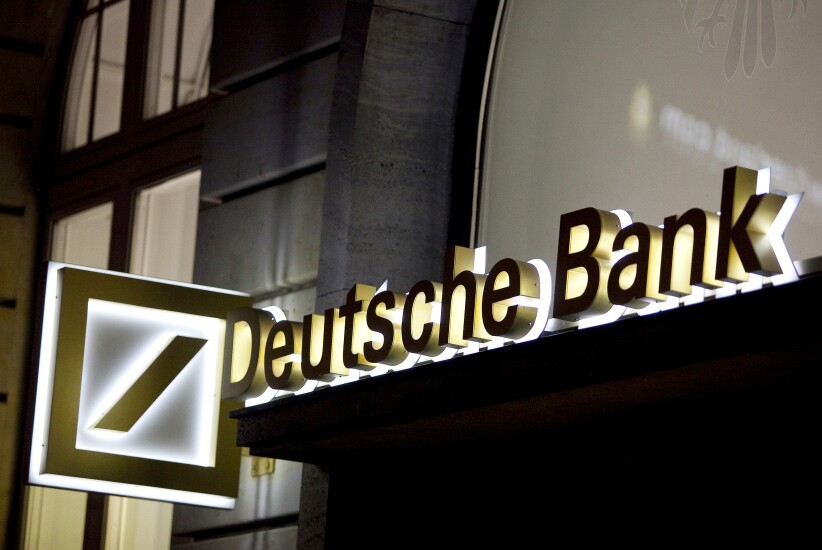The brokerage firm Bernstein recently projected that the stablecoin market will hit $3 trillion by 2028. That's a massive number, particularly considering it's a
Stablecoins are a type of cryptocurrency that's pegged to a "stable" traditional currency, such as the U.S. dollar, to avoid the volatility of other cryptocurrencies for investors. And the
What's changing in the new year is that stablecoins are expected to integrate with consumer platforms. That would lead to massive growth, since these consumer platforms will make stablecoins more available outside of the traditional world of crypto investors, according to Bernstein; the firm did not return a request for comment by deadline.
Mainstream payment companies such as PayPal are increasing their exposure to stablecoins, while crypto companies such as Circle are building partnerships with firms that can provide scale.
For example, Circle's latest roster of partners includes firms with millions of users, including Asian ride-share firm Grab and e-commerce firm Shopify.
"The trends are showing that stablecoins are not just a fad, but an important tool in both traditional financial services and distributed finance," said James Hiester, a principal consultant at Capco.
Here are some of the players that will influence the next chapter in the stablecoin market.














